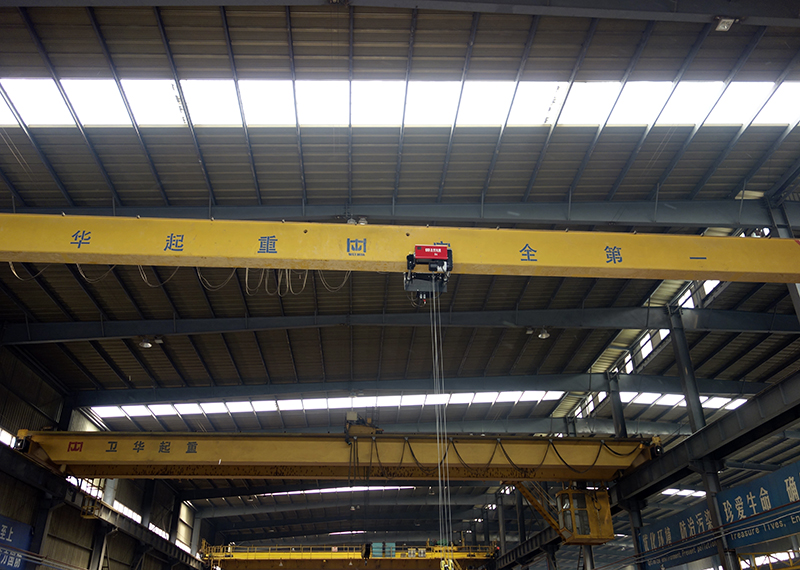
Overhead eot crane Runway Configurations and Designs
We offers freestanding, braced back, and ceiling mounted structural runway systems for top and underrunning EOT Cranes in a variety of configurations. Our runways are all made by qualified welders. Where building mounted runways are required, our team of eot crane experts will collaborate with your building supplier or engineer to give eot crane loading information.
There are a variety of overhead eot crane runway configurations to consider when supporting an overhead traveling EOT Crane to meet your operational requirements.Some of the variations are minor, but when the right configuration is recognized and chosen as part of your strategy, you'll have the most cost-effective and productive overhead handling system.Here's a quick rundown of what's available, as well as some things to consider so you can figure out what's ideal for you.
These runway designs can include, but are not limited to:
Top running eot crane runway
Under running eot crane runway
Building supported / suspended runway
Free standing structure with runway
Semi-free standing structure with runway
Top running eot crane runway
These are most likely the most common in today's world. The main reason for this is that this crane design will result in the highest hook lift height possible within the given clear ceiling height in your building. On top of which the bridge end truck wheels travel is structural steel designed to accommodate either eot crane runway beams or alternative rail kinds, such as welded down square bars. This runway and eot crane combo has shown to be the most reliable and cost-effective to maintain.
Under running eot crane runway
Interlocking eot cranes that allow hoist trolleys to traverse from bridge to bridge or to monorail spurs are possible with this design. This allows the cargo to travel across the eot crane bays as well as the entire length of the runway, which is impossible with top-running eot cranes.
Note: These characteristics aren't inexpensive, so make sure you won't be able to meet your overhead load handling needs with alternative eot crane options. These runway beams, interlock crossovers, and spurs are typically suspended from and braced back to existing building steel, depending on the suspension mechanism. The runway sections can be manufactured from standard structural sections like I-beams and wide flange beams, or from unique track sections that are more function specific. Patented track sections can be stronger than structural parts over a given suspension span and wear out less quickly.
The new unique track components and aftermarket parts, on the other hand, will be more expensive, and the interlock and switch (spur) systems can be difficult to maintain and keep running properly and efficiently.
One final point to know about underrunning runways is that the runway beam splice alignment and allowed gap spacing are highly particular, regardless of which product and design you choose. Purchasing and installing runways as well as an eot crane will not be sufficient to create a viable and long-term solution.


